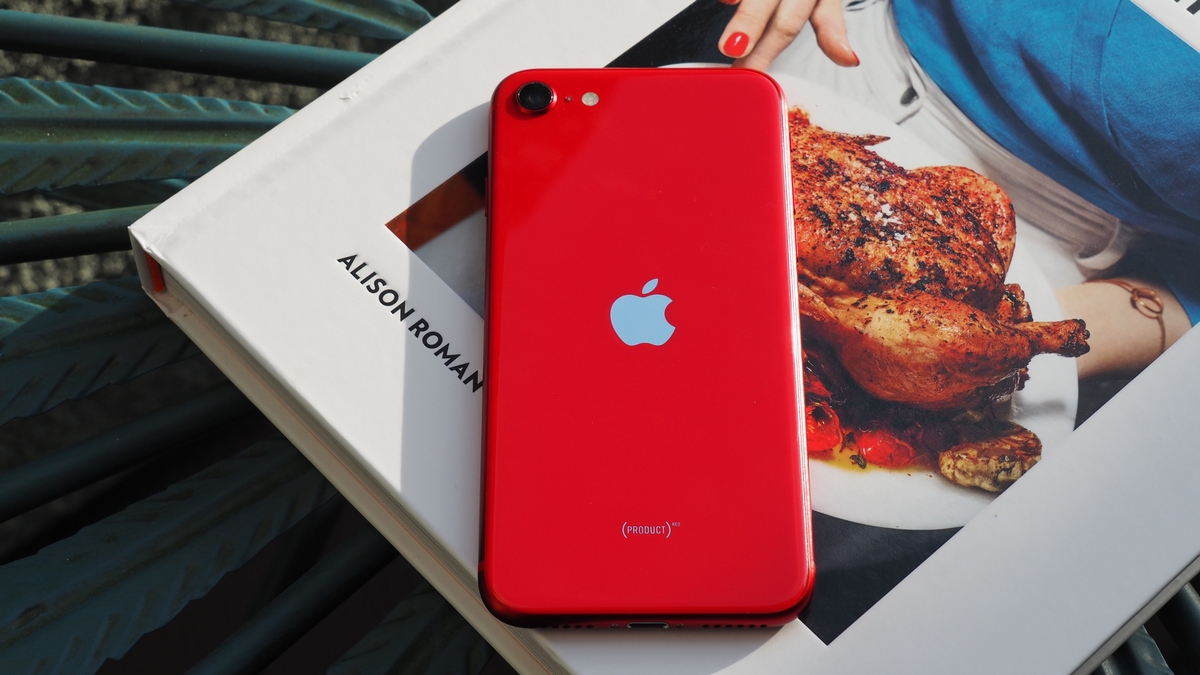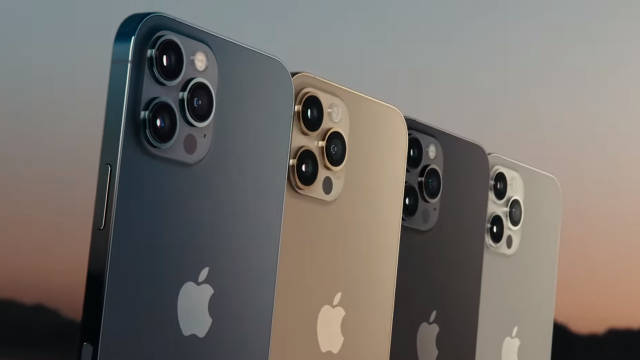On Wednesday morning, at an hour so early it is shunned by The Lord, Apple announced a brand new baby phone — the iPhone 12 Mini. It’s the entry-level iPhone of the season, so it stands to reason that this should be the pick of anyone who wants a cheaper device. But should it be?
Just a few months back Apple dropped the 2020 iPhone SE, a truly cheap mid-range device (at least for Apple) that made us reconsider what we should expect from an iPhone and how much money is actually appropriate to throw at Tim Cook.
Then there’s the iPhone 11. Last year’s entry-level device was pretty damn good. And it still is.
So before you make your wallet cry, let’s see how these three devices stack up against each other.
iPhone 12, iPhone 11, iPhone SE Spec Comparison

While there is some crossover when it comes to the specs of these three iPhones, the differences may be the clincher, depending on what you value most.
For example, if you care about next connectivity the iPhone 12 Mini is the only phone here that has 5G. It’s also the only one sporting Apple’s latest A14 Bionic chip and tough ceramic exterior.
Comparatively, the iPhone 11 has a better battery life and a larger display — if that’s something you value.
On the other hand, the iPhone SE might have the most humble specs but it’s also the smallest (a big plus for some) and most reminiscent of the beloved iPhone 8. And for a mid-range phone, it’s damn impressive.
Here’s a direct comparison of all the key specs. Do keep in mind that Apple does not disclose the RAM or battery mAH of its phones.
| iPhone 12 Mini | iPhone 11 | iPhone SE | |
| Display | 5.4-inch OLED display | 6.1-inch LCD display | 4.7-inch LCD display |
| Processor | A14 Bionic | A13 Bionic | A13 Bionic |
| Water Resistance | IP68 | IP68 | IP67 |
| Storage | 64GB, 128GB or 256GB | 64GB, 128GB or 256GB | 64GB, 128GB or 256GB |
| Rear camera | 12.2MP | 12.2MP | 12MP |
| Front camera | 8MP | 8MP | 7MP |
| Battery | Up to 15 hours video playback, Qi and MagSafe wireless charging, fast charge | Up to 17 hours video playback, Qi wireless charging, fast charge | Up to 13 hours video playback, Qi wireless charging, fast charge |
| LTE | 5G | 4G | 4G |
| Colours | Black, white, project red, blue, and green | White, black, green, yellow, purple, project red | Black, white and project red |
Price
Thanks to all three devices having the same storage options, we can compare them quite directly.
The cheapest of the bunch is the iPhone SE, which starts at $679 for the 64GB version. The iPhone 11 is next at $999 for the same storage and the iPhone 12 Mini will start at $1,199.
Here’s a comparison of all the prices:
| iPhone 12 Mini | iPhone 11 | iPhone SE | |
| 64GB | $1,199 | $999 | $679 |
| 128GB | $1,279 | $1,079 | $759 |
| 256GB | $1,449 | $1,249 | $929 |
Which iPhone is the best value?
It’s worth noting straight off the bat that I haven’t tried the iPhone 12 Mini yet. So I’m making judgements based off my experience with the iPhone SE and iPhone 11, as well as what the Mini looks like on paper.
If you’re looking for the cheapest possible device, obviously the iPhone SE is the way to go. And that’s not a bad thing. It’s a really good phone for the price. While there are other mid-range phones on the market that are cheaper and better in my opinion (like the Google Pixel 4a), this is still an iPhone. That means you’re going to be paying a premium for the product, as well as familiarity and ease of use.
However, if you want some more robust specs without paying through the nose, my pick would be the iPhone 11.
At roughly $300 more than the SE, it gets some really nice spec bumps. Better camera, longer battery life and a more robust water resistance rating. It also offers a bigger screen if the iPhone SE is just a touch too small for you (although I personally dig the smaller option).
While the baseline iPhone 11 is a year old, we know that the resale value on Apple products stays high. It also had a more impressive camera and battery than we had seen for a few years, so it’s future proofed for awhile yet. Sure, it doesn’t have all the bells and whistles of the Pro and Pro Max phones, but if you wanted those you wouldn’t be here.
Disclosure: the author owns 12 shares in Apple.
